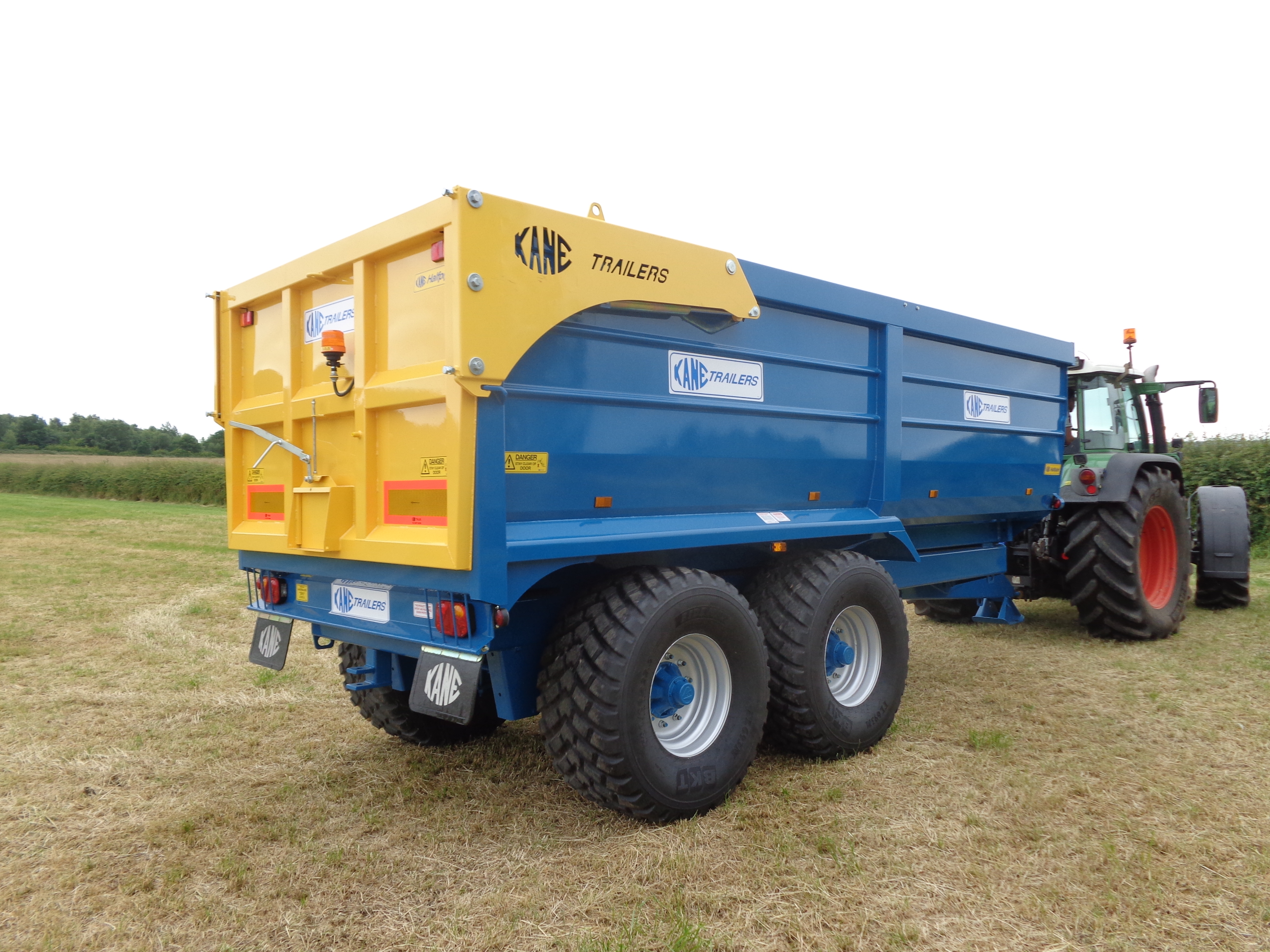

The method of artificial compressibility has been used to improve the coupling of pressure and velocity in the framework of a finite volume approach. These equations have been solved using the Spalart-Allmaras differential one-parametric turbulence model. Numerical simulations have been performed on the basis of the Unsteady Reynolds-averaged Navier-Stokes equations (URANS) written with respect to an arbitrary curvilinear coordinate system. This drag minimization decrease on fuel consumptionĪ method to evaluate the properties of turbulent flow in proximity to the vehicle and close to the ground surface has been elaborated. Study, the maximum drag reduction was obtained as 14.50% in triangular flowĬontrol rod L/H: 0.15. To experimental results and drag reductions with 1–4% error margin. Also the numerical flow analyses supports Model, CFD flow analyses were performed at the same wind tunnel conditionsįor base model bus and best result. To determine detailed flow structure around bus Reduction was obtained as 14.50%and 5.74% by using triangular structured flowĬontrol rod in wind tunnel. Mounted on the front of the bus model in same L/H rates. Two different triangular flow control rods (D/H = 0.1 and 0.2) designed and

The drawingĭatas of bus model and flow control rod were obtained in SolidWorks program.
#Tractor trailer free#
Tests were performed at 6 different free stream velocities (13.54 m/s–28.05 m/s),īetween the range of 3.8 × 105−7.9 × 105 Reynolds numbers. Tunnel and Computational Fluid Dynamics (CFD) method. In this study, the drag coefficient of 1/33 scaled bus model were decreasedīy using passive flow control methods. The work is a valuable supplement to the results of the research in which the impact of the use of a non-factory CNG (Compressed Natural Gas) supply system on the performance of a semi-trailer truck unit equipped with such an installation was assessed compared to a semi-trailer truck unit powered in a classic way with diesel fuel.

The use of a non-factory installation did not significantly affect the traction properties of the vehicle, and engine wear is of greater importance in this case (comparison with factory data). The test results confirm that compared to conventional fueling, dual fueling allows for a significant reduction in CO2 emissions, even in a used vehicle with high mileage. The emissions of exhaust gas components were also determined under the conditions of the UNECE Regulation No. The impact of changing the fuel supply method on the traction characteristics calculated with the use of external characteristics of both conventional and dual-fuel mode was assessed. This installation (hardware and software), depending on the engine operating conditions, enables the replacement of up to 80% of diesel (base fuel) with natural gas. 800 thousand km, with the compressed natural gas supply system installed. The article presents the results of tests of an engine from a used semi-trailer truck with a mileage of approx. These installations are used in new vehicles, but also in the form of conversion for used cars, usually several years old. Solutions are being implemented that allow for the use of natural gas to means of transport, namely in trucks of various categories and intended use. It is a hydrocarbon fuel with properties that allow the reduction of CO2 (Carbon Dioxide) emissions during combustion. One of them is the use of natural gas as an energy source. Problems such as global warming and rising oil prices are driving the implementation of ideas to reduce liquid fuel consumption and greenhouse gas emissions.


 0 kommentar(er)
0 kommentar(er)
